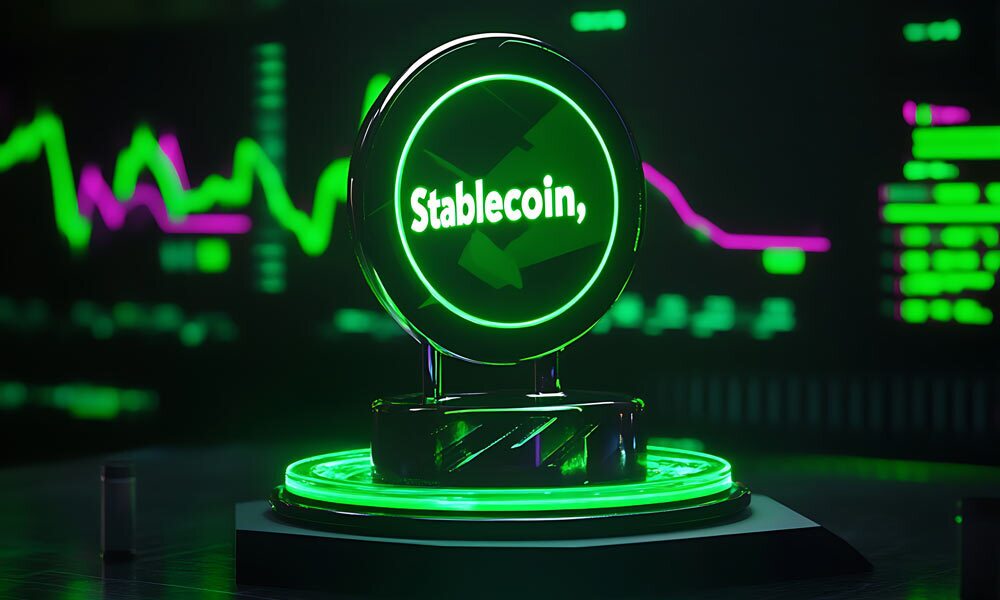Understanding Bank of America’s Stablecoin Ambitions
Stablecoins are digital currencies pegged directly to traditional assets, usually fiat currencies like the U.S. dollar. Stablecoins offer the advantages of cryptocurrencies, like fast transaction speeds, low fees, and global accessibility while maintaining price stability through their fiat backing.
A Bank of America stablecoin would likely mirror existing successful models, like Circle’s USD Coin (USDC). Circle has established itself as a leader in stablecoins through rigorous transparency standards and regulatory compliance. Similarly, BOA would presumably issue a fully collateralized dollar-backed BOA stablecoin. They would maintain reserves at a 1:1 ratio with U.S. dollars held in secure accounts. Dollar-backed stablecoins ensures stability, trustworthiness, and regulatory compliance. These are all essential factors for widespread acceptance among consumers and regulators.
Moynihan’s comments suggest that BOA views stablecoins as logical extensions of existing banking services, comparable to money market funds or checking accounts accessible via blockchain technology.
Given BOA’s historically conservative stance toward blockchain technology compared to other American banks like JPMorgan Chase or Goldman Sachs, its interest in launching a stablecoin shows how attitudes towards cryptocurrency are becoming more favorable.
Bank of America’s interest in launching its stablecoin aligns with broader industry trends toward digitization and blockchain integration. Financial institutions increasingly view stablecoins as valuable tools for improving payment efficiency, reducing transaction costs, and expanding service offerings.
- Enhanced transaction efficiency: Stablecoins enable near-instantaneous settlements on blockchain networks, negating delays experienced with fiat cross-border payments.
- Lower transaction costs: Blockchain technology lowers fees associated with international wire transfers and currency conversions.
- Continuous availability: Stablecoins operate 24/7, enabling customers to transact at any time.
- Innovative positioning: Financial institutions show a willingness to modernize and position themselves as FinTech innovators when they embrace blockchain technology.


